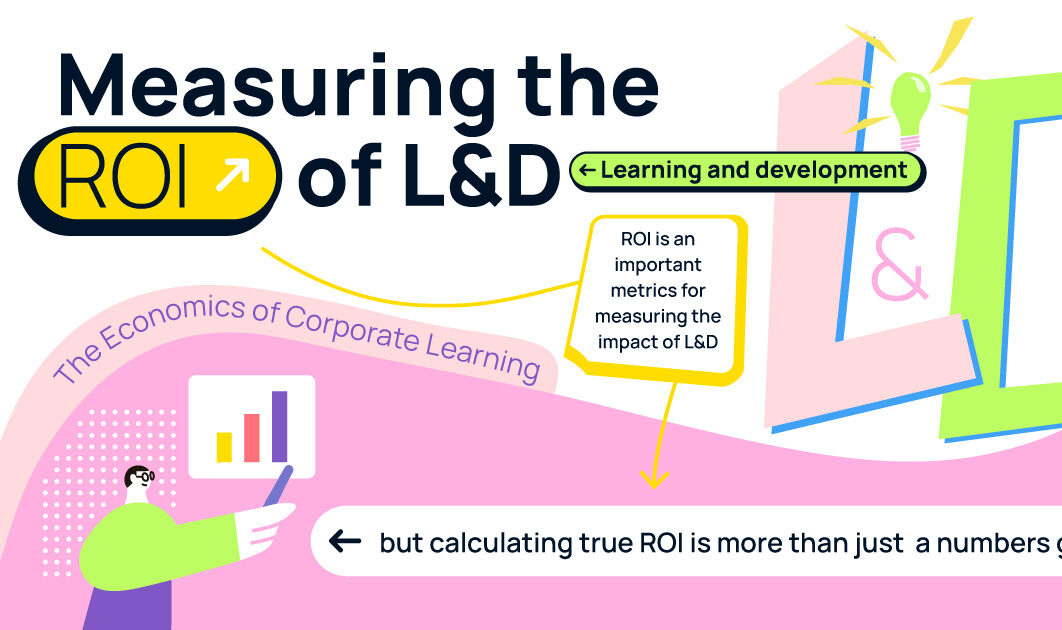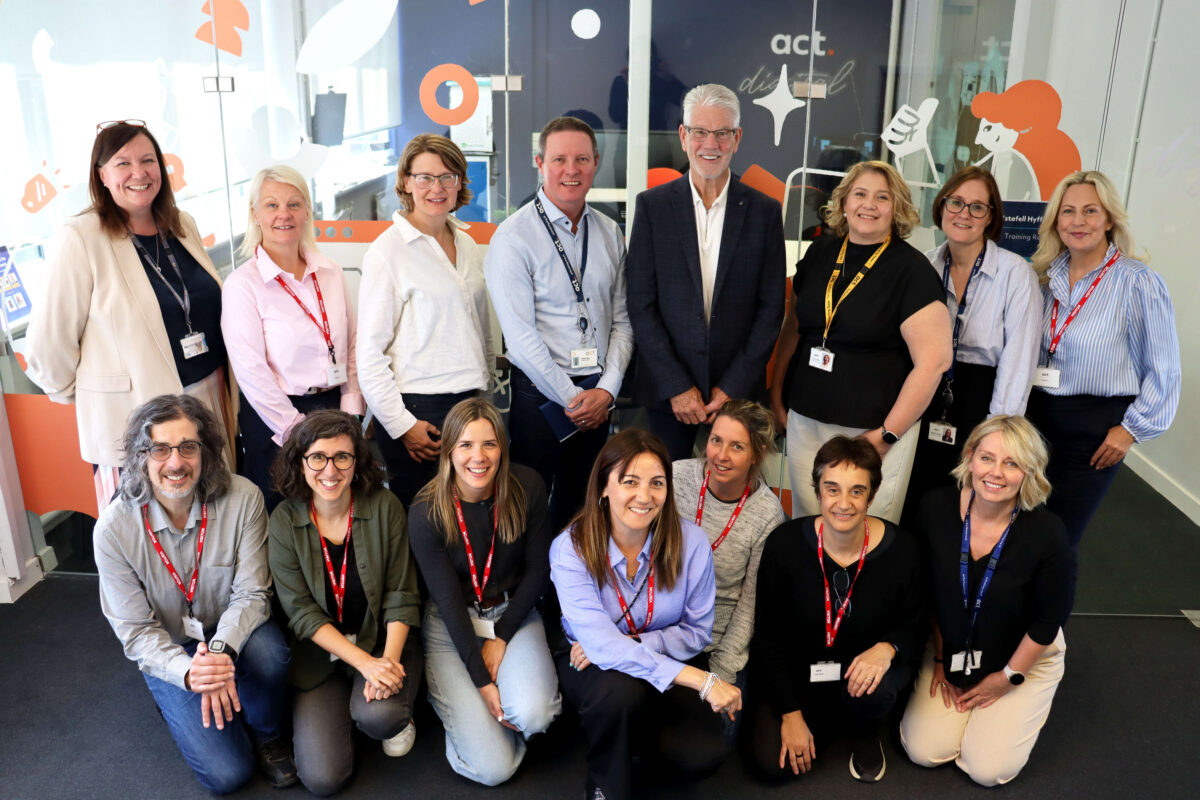Analyze Effectiveness of L&D Programs with ROI

Millions of employees complete Learning and Development programs every year, including courses on Compliance (70%), Soft Skills (51%) and Upskilling (50%). And in the wake of COVID-19, companies are investing in training more than ever. In 2022, Small companies spent about $1,400 per learner, mid-size companies drop about $826 per learner while large companies put $1,700 per learner on their books.
The metrics to consider and their relevance while calculating the ROI of L&D programs have changed since the pandemic. More than 90% of L&D programs don’t have success metrics attached to them. The original formula for ROI is simple. It is the difference between L&D benefits and the cost of L&D, divided by the cost of L&D times 100.
To truly measure the ROI, step 1 is to understand the costs or expenses which are time, money and effort.
It can take between 55 and 117 hours to create just 20 minutes of corporate learning. The average in-person training can cost up to $40,000 including tertiary costs like transportation, hotels, catering, speakers and equipment. Companies spend up to 71 hours of training per employee, which is a sunk cost of $1,065 per employee based on a salary of $15 per hour.
Online or alternative models aren’t always cheaper. So, step 2 entails how much L&D programs increase an employee’s ability. Unfortunately, most employees aren’t happy with their outcomes and organizations feel they don’t have what they need. Moreover, ineffective training costs nearly $1.35 million per 1,000 employees but that doesn’t have to be the end of the story.
Another route to study ROI is tracking revenue. Studies show that for every $1 spent on L&D, revenue increases by $4.70. There are micro-learning platforms that leverage scientific principles to tailor the learning experience to each individual learner’s needs and capabilities. It can help measure ROI with metrics such as confidence lift, frequency of application, internal mobility and employee retention.
These programs cost less from a time, money and energy perspective. It also assists in boosting ROI and revenue in multiple ways, and reaching learners across the world.
.jpg)
Source: Arist












Responses